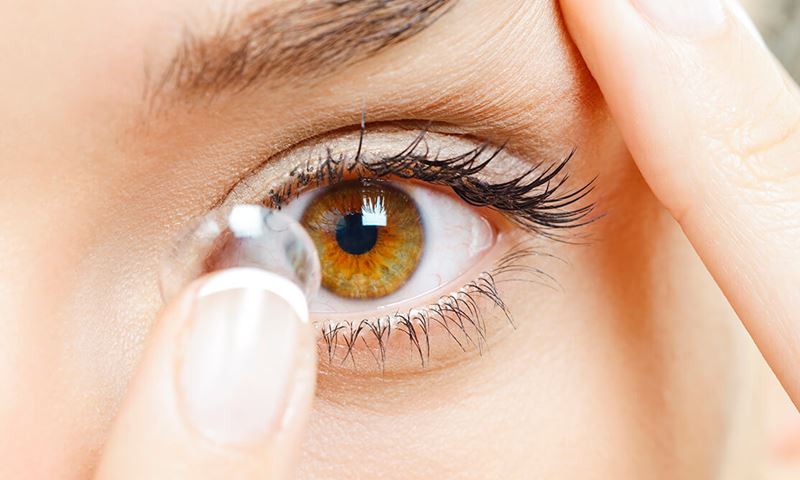Published 30 Aug 2021
If you need glasses to see up close, or have been told you need them later in life, there’s every chance you are near sighted, or have myopia.
In recent years, there’s been a surge of children and adults diagnosed with near-sightedness due to decreased time outdoors and increased reliance on hand held screens.
How can I control myopia or near/short sightedness?
Corrective lens options
Hoya MiYoSmart Lens
Hoya MiYoSmart is a new spectacle lens that has been shown to slow down myopia progression by 60% (Lam CSY 2019). The MiYoSmart’s very unique design is responsible for it’s high level of efficacy and it is a great option for broad range of individuals with myopia or those who are considered “high risk”.
Benefits of using Hoya MiYoSmart lenses:
- Highly effective in reducing progression of myopia
- Ease of use
- Suitable for a very broad range of myopic prescriptions
- Lenses remade free of charge if prescription changes by -0.50D in first 6 months
- Safe
Multifocal Spectacles
Multifocals are very effective but are generally reserved for a particular subset of myopic patents with very specific binocular vision profiles. They are shown to be effective in reducing progression in certain individuals.
Contact lens options
NaturalVue Daily Disposable Multifocal Soft Contact Lenses
A uniquely designed daily disposable contact lens that has the advantage of correcting distance and near vision and also to slow down progression. One study showed these lenses decrease the rate of myopia progression in children by up to 96% (Cooper J 2018).
Advantages of these lenses include:
- Highly effective in reducing progression
- No need for glasses
- Great option for active individuals ie for regular sport or leisure activities
- A new lens is applied daily ensuring maximum comfort and safety
- A great contact lens option for adults who require both distance and reading corrections
Orthokeratology
Specially designed contact lenses that gently reshape the curvature of the eye to improve vision. OrthoK lenses are worn at night while you sleep and are removed upon waking. This allows the individual clear, sharp vision without the need for glasses or contact lenses when awake.
- Highly effective in reducing progression
- Lens worn at night while asleep
- No need for glasses or contact lenses during the day
- Great option for active individuals who participate in regular sport or leisure activities
- High safety profile
Pharmacological options
Atropine Eye Drops
Atropine eye drops are generally applied once a day to both eyes. Again, they are a very effective in controlling myopia, but unlike the other methods discussed, it does not correct the individual’s vision. This means glasses or contact lenses are usually still required. Atropine is sometimes used in combination with other myopia control options listed above.
In optometry circles, it is becoming more and more accepted that standard single vision glasses and contact lenses should generally be avoided in children with myopia as they do not control progression. Rather, each of the myopia control options discussed, should be considered as the first line of treatment. Each of these controls have a similar level of efficacy and each is considered very safe. However, not all the myopia control options listed are going to be suitable for every individual. Your optometrist will be able to advise which options are best suited to your child.
Early intervention
- Learn more about the impacts of increased screen time in children, and how to support their eyes
- Not used to getting your eyes tested? Learn more about what to expect at an eye health check.
- Speak to the team at GMHBA Eye Care, or your regular optometrist about which lens options are the best for your needs.



